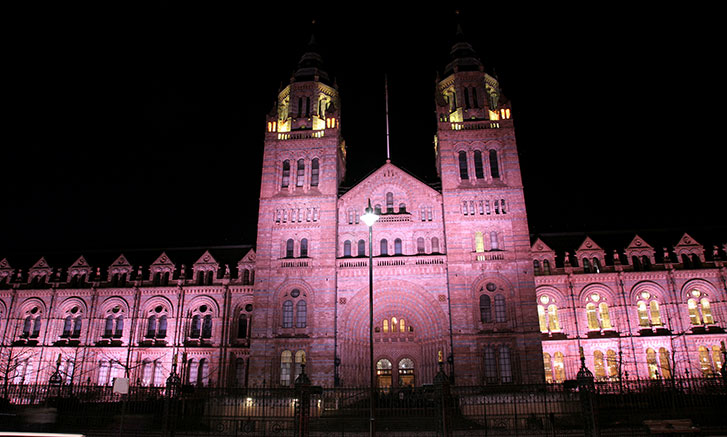
If you live in, or are visiting, Chelsea or Kensington you’re on the doorstep of the famous ‘Albertopolis’, an area of London known for its collection of museums, colleges and educational institutions, all dedicated to promoting the arts and sciences.
The area, which has Exhibition Road, Kensington at its centre, spreads over two London boroughs: the Royal Borough of Kensington and Chelsea and the City of Westminster. And it’s called Albertopolis thanks to the involvement of Queen Victoria’s consort, Prince Albert.
The Great Exhibition
The Great Exhibition, organised by Prince Albert and Sir Henry Cole, took place in 1851 in nearby Hyde Park. The event, which showcased global art and manufacturing, was a huge success. So much so that profits from the event were used to purchase a plot of land south of Hyde Park in order to build a collection of museums and colleges to promote the arts and science.
As a result, despite Prince Albert’s premature death in 1861, South Kensington is home to a plethora of world-leading institutions including amongst others:
The Natural History Museum
Famous for its terracotta Romanesque façade and depictions of flowers, animals and fossils on the exterior, the Natural History Museum was designed by Alfred Waterhouse and opened in 1881 to much acclaim. Housing artefacts and flora and fauna from all over the world, the vast space in the central hall led it to being called a ‘cathedral to nature’.
Today visitors can enjoy everything from a T-Rex in the dinosaurs’ gallery, the famous blue whale, and an earthquake stimulator, to examples of kryptonite and weird and wonderful specimens in the Darwin Centre.
The Royal Albert Hall
As Queen Victoria laid the red Aberdeen granite foundation stone in 1867, she asked that the Central Hall of Arts and Sciences should be renamed the Royal Albert Hall in honour of her late husband.
Opening in 1871, the hall is now one of the most famous concert and music venues in the world and has played host to everyone from the BCC Proms to Adele and Ed Sheeran.
The Science Museum
The original South Kensington Museum, opened on the site of what’s now the Victoria and Albert Museum in 1887, and housed such mechanical marvels as the Puffing Billy and Stephenson’s Rocket. By 1909, the art collection moved into the newly created V&A, and the science and engineering collections moved to the Science Museum building designed by Sir Richard Allison. A pioneering children’s gallery opened in 1931 and today visitors of all ages can trace the history of flight or explore the world’s oldest collection of clocks.
The Victoria and Albert Museum
The V&A is a collection of buildings around a recently completed modern courtyard and is devoted to art, ceramics, sculpture, jewellery, textiles, and dress. The main Edwardian façade, built from red brick and Portland stone, was designed by architect Sir Aston Webb.
Permanent exhibits include the famous Tippoo’s Tiger sculpture from 1753, Arabic carpets from the 15th Century and a Mazarin Chest in the Japan room. There are also walls lined with watercolours and oils by British artists Gainsborough, Constable, and Turner.
Royal College of Art
The Royal College of Art started out in 1837, as the Government School of Design in Somerset House on the Strand. As part of Prince Albert’s vision, it moved to South Kensington in 1896 and became the Royal College of Art. It was granted university status in 1967, and today is one of the world’s most influential postgraduate institutions for art and design, and counts artist Tracy Emin, textile designer Lucienne Day and sculptors Henry Moore and Barbara Hepworth amongst its alumni.
Royal College of music
Opened in 1883, opposite the Royal Albert Hall, the iconic Royal College of Music is one of the world’s great conservatoires, and ranks as the top institution in Europe for performing arts. The RCM has trained gifted musicians from all over the world as performers, conductors and composers, and alumni include Gustave Holst, Arthur Vaughan Williams and Dame Joan Sutherland.
Imperial College
Imperial College was established in 1907 by Royal Charter, with a focus on science, technology, medicine, and business. Today, Imperial College is one of the leading research universities in the world and attracts students from 125 countries.
Getting around
The nearest Tube station is South Kensington on the District and Circle Line just a few minutes from Victoria. An underpass links the station to all the museums on Exhibition Road.


